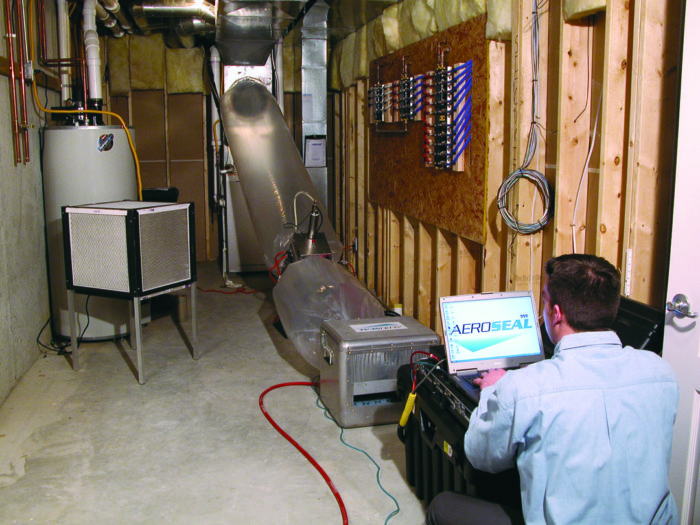
Sealing from the inside:
Aeroseal uses a process in which a non-toxic mist is sprayed inside the home's ductwork system. The company says the aerosol finds and seals even the most inaccessible leaks.Image Credit: Aeroseal
Leaky ducts in a forced-air heating and cooling system are an all-too-common problem contributing to significant energy losses and lower indoor air quality.
Mark Renfrow knows that. Duct tests at his 3,400-sq. ft. home revealed “huge leakage.” A contractor addressed the problem by applying mastic to any accessible ductwork. But the key word is “accessible.” Many parts of the system apparently are not so easy to reach.
“We retested and got down to about 25% leakage, and at that point the contractor said it was the best they could do,” Renfrow writes in a Q&A post at GreenBuildingAdvisor.
“The ductwork is all metal with insulation,” he adds. “We have a lot of ductwork. Tearing all the old insulation off to seal the joints seems excessive when I don’t really know what is causing the leakage. It my be in inaccessible runs most likely in supply areas.”
Renfrow has two questions. First, can ducts be sealed effectively from the inside? And second, how come mechanical contractors can’t do a better job of isolating the source of leaks?
Although the original post isn’t new, the topic continues to interest GBA readers and is the subject of this week’s Q&A Spotlight.
There are methods for isolating leaks
In reply, several posts suggest there are established methods for narrowing down the source of duct leaks. David Meiland, for example, writes that the air handler can be partitioned with cardboard and masking tape effectively enough to discover whether leaks are more serious on the supply or the return side. “You can also get a general idea of which side has more leakage when the blower door is set up, by running the air handler and…
Weekly Newsletter
Get building science and energy efficiency advice, plus special offers, in your inbox.

This article is only available to GBA Prime Members
Sign up for a free trial and get instant access to this article as well as GBA’s complete library of premium articles and construction details.
Start Free TrialAlready a member? Log in





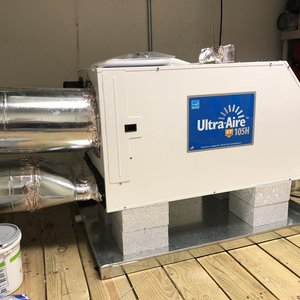
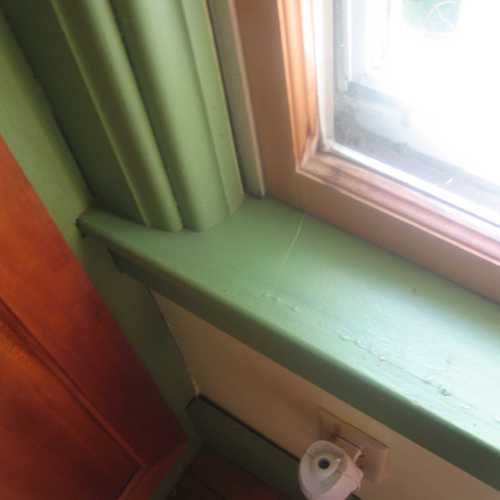
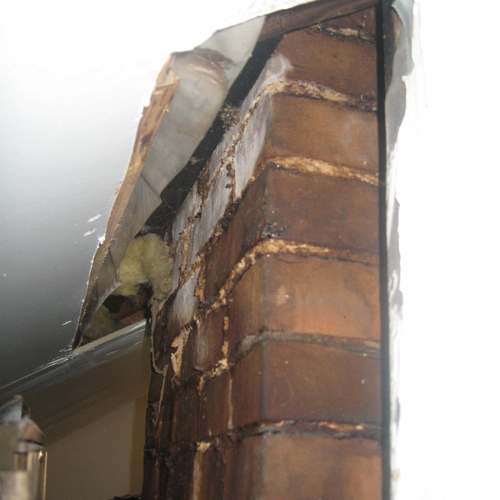
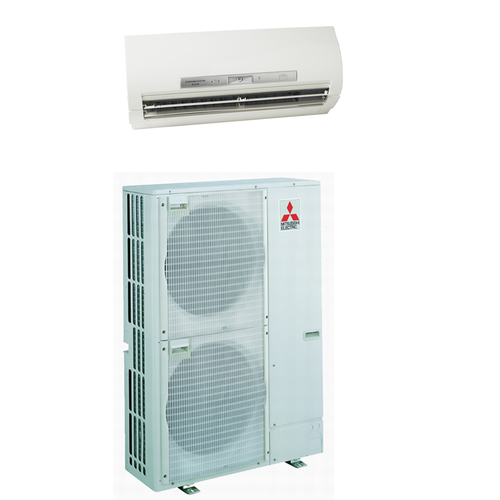






One Comment
I had my ducts sealed
I live in Colorado and had Aeroseal out to my home last week. Not only did they improve my airflow by 85%, they actually found a giant hold in my ductwork! Seems the gentleman who rented the home before we purchased it in 2010 decided he wanted heat in the garage. So he proceeded to cut a 4x12" hole in the garage drywall and then cut again through the main supply line of our ductwork. The Aeroseal guys found it becuase they have to remove all the vent covers to perform their work.
I can SEE air moving from my vents now and I can hardly wait to see the savings in my energy bill now that my conditioned air is moving through vents that are sealed and that I no longer have to run a space heater in my master bedroom. Not to mention the health benefits of NOT sucking in the insulation particles into my HVAC system.
I know my situation seems drastic, but how many homeowners out there have actually removed the vent covers to SEE what is behind them? Nobody I know.
Everbody I know, knows now.
Log in or become a member to post a comment.
Sign up Log in